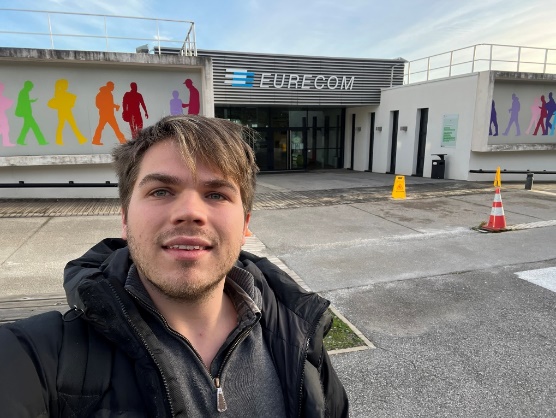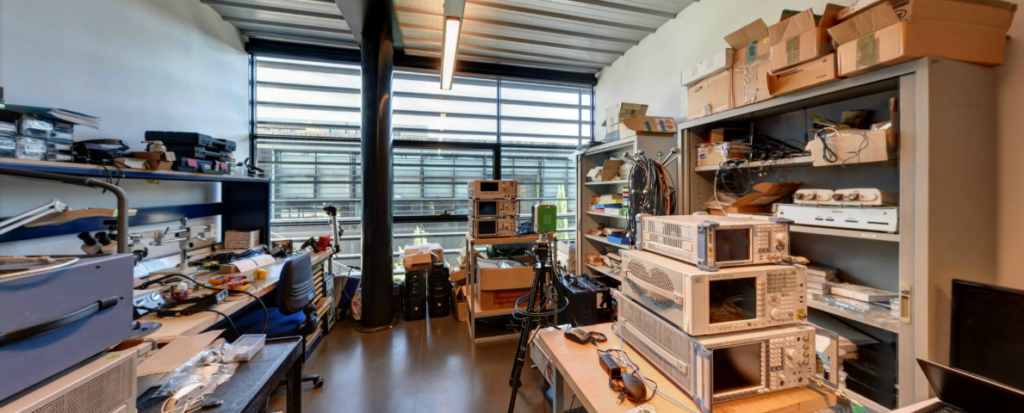Greetings from Côte d'Azur!

Working hard or hardly working? Marcell Szabó, a Hungarian researcher from the HSN Lab, Budapest University of Technology and Economics had the chance to spend two weeks at the 5G laboratory of EURECOM. Marcell’s commentary lets us get a sneak peek at what it’s like to conduct a site visit at a SLICES-RI situated at the heart of the French Riviera.
Main text and photos: Marcell Szabó
Recently, during late November and early December of 2023, I had the opportunity for a two-week visit at the 5G laboratory of EURECOM in Sophia Antipolis, France. Located on the French Riviera, (Côte d’Azur) it has a wonderful setting, among the deservedly famous and breathtaking cities of Nice, Antibes, Cannes, or Menton, and of course next to the micro-state of Monaco. The weather is rather pleasant even during early winter, with lots of sun and mild temperatures.
The EURECOM building is in the heart of the Sophia Antipolis technology park, right next to the Polytech Nice Sophia university. EURECOM has a dual focus of teaching (offers master’s degrees) and conducting research in various areas, like data science, communication systems (5G), or digital security.
During my site visit, I got access to the full-fledged laboratory 5G network running at the facility, using OpenAirInterface. The core network runs on a cluster, while the eNodeBs and UEs run on dedicated machines with 5G NR in between. There is also one UE that is on an outside node making testing with some radio deterioration available.

For my experiment, I received guidance from Raymond Knopp and his colleagues on how to package and install the application components to get precise measurements. Unfortunately, there was no implementation for multicast or broadcast in 5G (MBMS), so I used unicast to test the delivery of HD maps to clients. These were placed on the UE nodes while the edge server was placed in the core network. The results showed that the 5G bandwidth is sufficient for quick delivery of these map fragments, although the real-world scenarios might differ.
Overall, I had a great time during my site visit, I am grateful for the opportunity, and certain that I can make use of the connections and experiences I have acquired.
